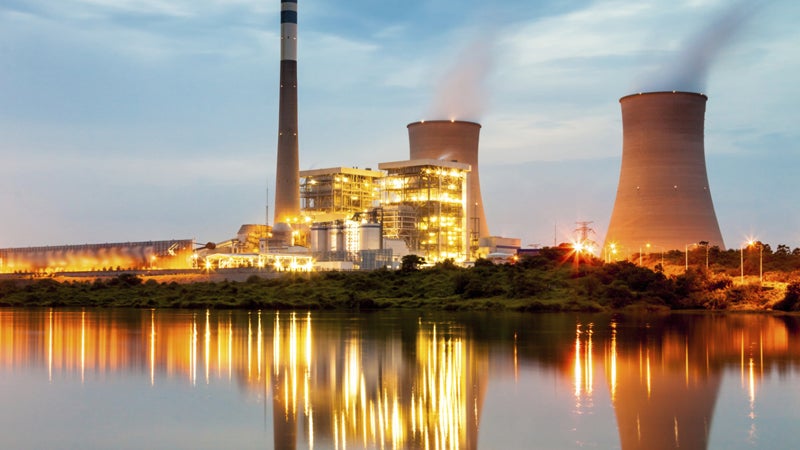High doses of radiation can wreak havoc on plant and animal life, as evidenced by swaths of killed pine forests near Chernobyl and countless children born with physical maladies in Hiroshima and Nagasaki. But most man-made radiation lies less catastrophically in nuclear wastes stored near reactors or in underground repositories such as the in Carlsbad, New Mexico. In February, WIPP briefly leaked plutonium radiation that contaminated 21 workers. In the 15-year-old facility’s first leak, exhaust systems automatically forced the radioactive plume through High Efficiency Particulate Air Filters to contain it, but not before a small amount escaped. Are we safe?
“Safety is a charged term,” says Gary Lanthrum, principal engineer for Radioactive Material Transportation and Storage Consulting. “Risks from radiation are lower than other industrial risks,” due in part to stringent regulations placed on radioactive materials.��
Transuranic wastes like the plutonium and americium deposited at WIPP, for example, ship in Type B containers that can withstand 80-mph locomotive impacts without leakage. These isotopes emit low-energy radiation in alpha particles that can’t even penetrate paper. In that sense they’re fairly benign. But because they have incredibly long half-lives—plutonium-239 takes 24,000 years to halve its radioactivity—they require secure storage for eons before stabilizing.��
Scientists have deemed geologic disposal the best and safest method for the job. The storage rooms at WIPP sit 2,150 feet underground amid two-million-year-old salt deposits. Over time, that salt encapsulates the waste, “virtually entombing it for eons,” says Russell Hardy, director of the .��
High-level radioactive waste, which emits intense gamma particles that can penetrate lead, is a bigger problem. Some 270,000 metric tons of it—the size of a football field with a ten-yard depth—wait in temporary storage. “Right now we have no disposal program for the spent nuclear fuel from power plants, and all of it is just sitting on the surface,” Lanthrum says. This includes thermally hot and highly radioactive uranium-235 in ceramic pellets inside alloy fuel rods. These are kept cool in open steel-lined concrete pools. “Terribly dangerous,” says Greg Mello, executive director of the , which seeks nuclear disarmament and enhanced environmental protection. Dry casks lined with thick steel and concrete are safer. The already-low radiation levels near these casks decrease exponentially even a couple inches away, and under both storage methods the intense radiation drastically declines after five years.��
So how much of this radiation are you exposed to? Unless you work at a nuclear plant or waste repository, very little. The average person in the U.S. receives an annual radiation dose of 600 millirems just from being alive, from such sources as the earth’s natural radon gas or cosmic radiation that penetrates the atmosphere. According to Lanthrum, WIPP violated its goal of zero release but not its licensed release rate. Workers at WIPP are allowed 5,000 millirems per year, and even those 21 workers exposed to February’s leak absorbed only 100 millirems. The surrounding population likely received up to one millirem—a dose equivalent to eating ten bananas, which contain radioactive potassium.��
Though cataclysmic leaks are unlikely, nuclear waste poses an inherent danger that can be exacerbated by human error. “Imagine a matrix of possibilities consisting of types of waste arrayed along one axis and various situations along another axis with a third dimension of time,” says Mello. “Some of the cells in that table will be Pretty Darn Safe, some will be Safer Than Alternatives, some will be Iffy, and some will be Pretty Bad Ideas.”


